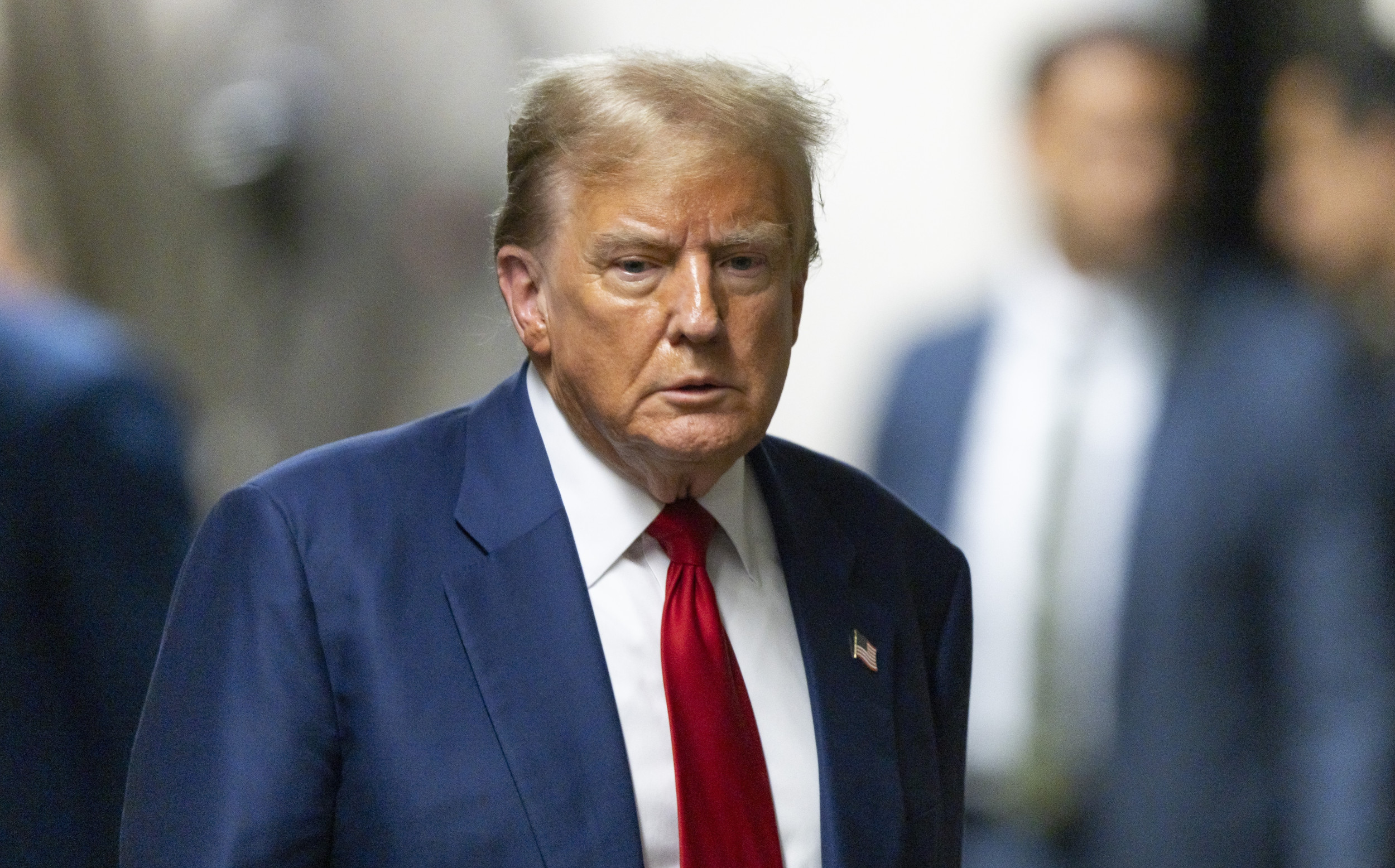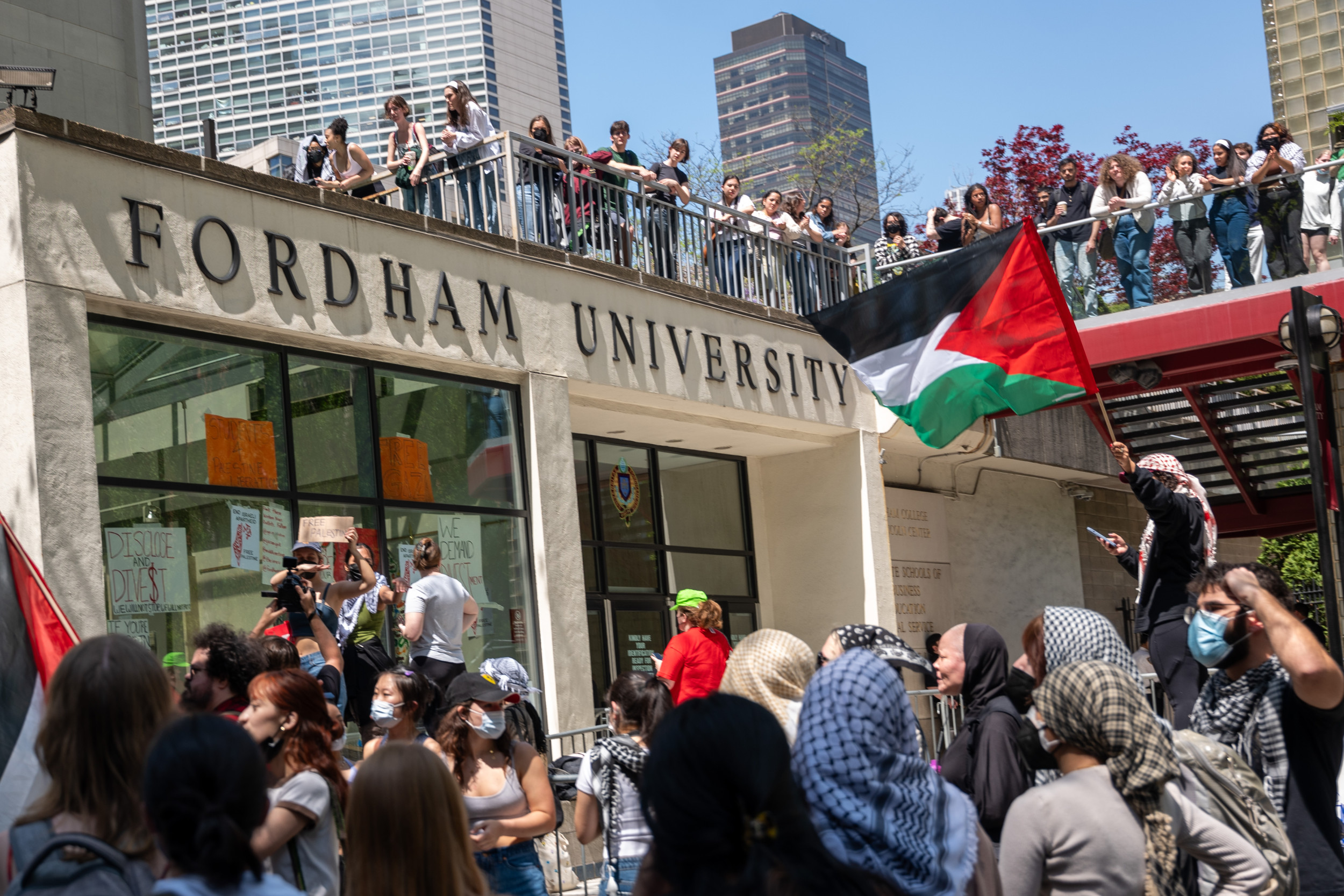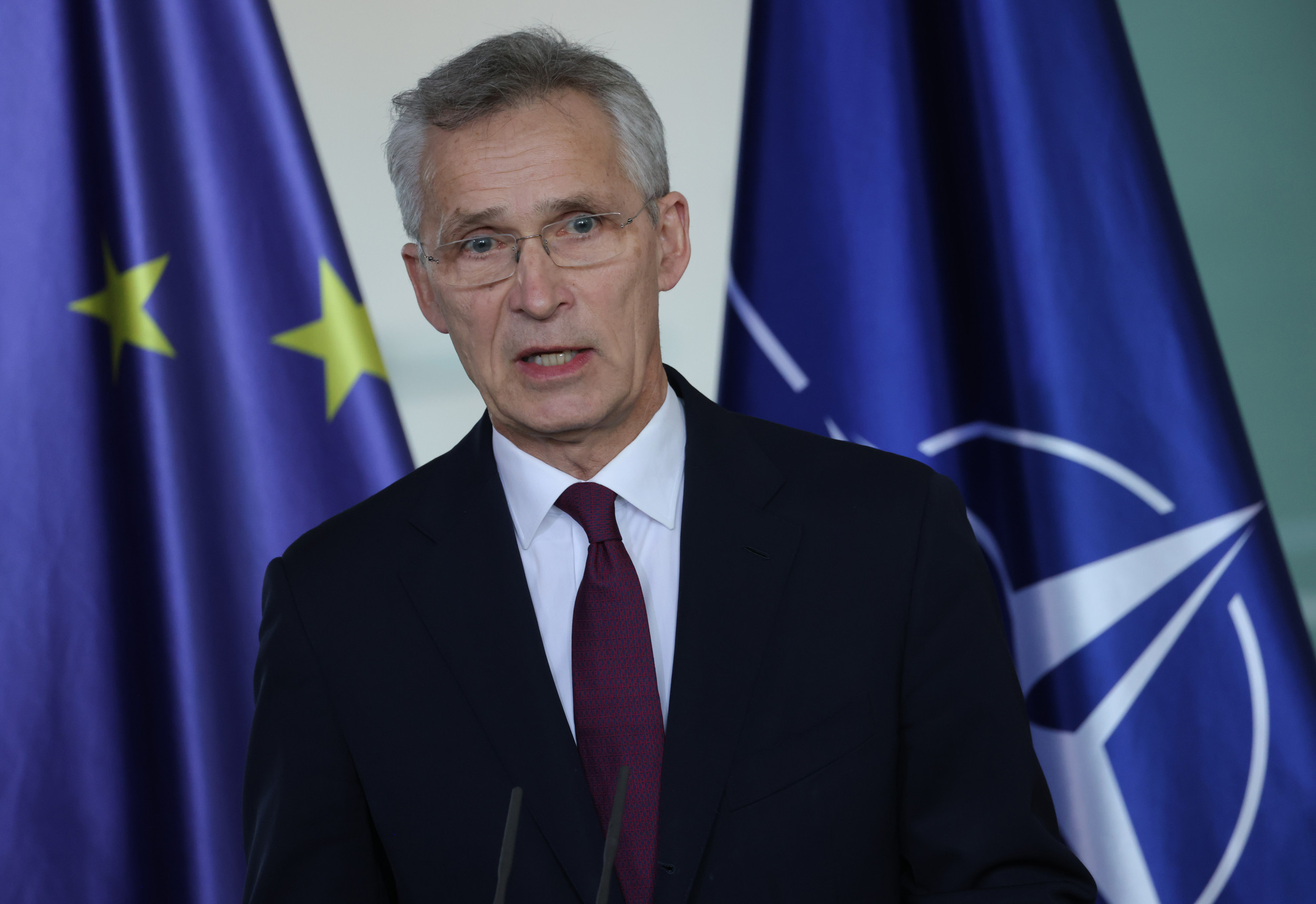Amid ongoing economic fears across the U.S., the concept of artificial intelligence-generated and deepfake images showing a bank run could spark even more panic.
Earlier this year, the collapse of banks including the Silicon Valley Bank (SVB) and the Signature Bridge Bank, prompted widespread concerns about the economy and if it could lead to more banks failing or even a similar outcome of the 2008 financial crisis.
As these concerns have continued over the past several weeks, the world of deepfake imagery and artificially-generated photos has continued to improve while also becoming more accessible to the public.
What Is A Bank Run?
According to Investopedia, "A bank run is when a large number of customers of a bank or other financial institution withdraw their deposits at the same time over fears about the bank's solvency." Investopedia notes that an increase in individuals withdrawing their money from a bank results in an increased chance for the bank to default.
"In extreme cases, the bank's reserves may not be sufficient to cover the withdrawals," Investopedia states.
As shown in the picture below, following concerns about a collapse of the SVB, depositors can be seen lined up outside the bank seeking to withdraw their money.
What a Deepfake Bank Run Image Looks Like:
Siwei Lyu, a SUNY Empire Innovation Professor in the Department of Computer Science and Engineering at the University of Buffalo created deepfake images of a bank run on DALL-E2 operated by OpenAI and provided them to Newsweek. In these fake images, individuals can be seen lining up at banks that do not exist, similar to the photo of the line outside of SVB above.
Lyu told Newsweek that creating these images is simple and "you don't need any special training or knowledge" to do so.
"All you need to do is give it a text prompt and an image will be created for you," Lyu told Newsweek, adding that the images he created were completed in roughly 10 seconds.
Lyu also noted that there are several other deepfake and artificial intelligence-generated image services, some of which would create even more realistic photographs.
Should There Be Concerns?
While speaking with Newsweek, Lyu said that since these images are easy and quick to create it could be "likely" that someone would use these images to spark real concerns about a potential economic fallout.
"In the near future when all the generative models get an upgrade, you will be able to create more realistic images, faster and more easily," Lyu told Newsweek. "Those images, if you looked at them closely, you could find even kind of artifacts and you can confirm, convince yourself that those are not real images. But for people who do not have time to pay much attention to details, just look at the images together with an accompanying story, I think it's very easy that people could panic and take action based on what they see.
"It's a real danger...It used to be you'd need a group of people with special training and expertise to do this, but I think now, even one single person can do this, if that person has enough influence on social media and access to all the models...anybody can create a fairly realistic story and if that person has influence, they can share it on their social networks and reach a lot of people's cell phones and influence their decisions," Lyu added.

Henry Ajder, an expert in the world of artificial intelligence and deepfake photos, also spoke to Newsweek about the potential concerns if deepfake images of a bank run began circulating online, but questioned how effective it would really be.
"Disinformation campaigns, information operations really operate on targeting the right audiences, creating confusion and kind of flooding information ecosystems. So, you could imagine, potentially if a large coordinated operation were to take place with lots of accounts sharing these images in very particular locations, such as Facebook groups or on mass-messaging apps like WhatsApp," Ajder said, noting that messaging platforms like WhatsApp do not have the same moderation or community notes features like other social media apps like Twitter. "It could potentially lead people to think that something like that [a bank run] is happening."
Ajder added that these fake images could be targeted to a "highly polarized" community.
However, Ajder went on to state that since a fake bank run image would be focused on a "recognizable" place, it may be easy for individuals to quickly determine that the image is fake.
"I don't think it's the kind of thing that would be very easy to do, and I don't think it's the kind of thing, at the moment, that would fool a lot of people—or, rather I should say, maybe people would fall for it, but whether it would actually spur people to take action and actually go and try to take all their cash out is another thing," Ajder told Newsweek.
According to Ajder, as artificial intelligence and deepfake images continue to improve, they could eventually be "complemented" by a "piece of fake voice audio of a bank CEO," which could potentially fool more people.
"Something like this could potentially happen but I don't think right now it's particularly likely. At the same time, though, we've seen some fairly surreal images fooling people," Ajder told Newsweek. "I think the real question for me is how quickly platforms, news organizations and potentially community action groups, respond to these kind of fake reports and how quickly they could essentially circulate and communicate what actually is going on."
Potential Response:
In regard to how banks or social media companies could respond to a potential fake bank run image, Ajder told Newsweek that he expects "banks kind of have crisis communications set up."
"To try and get the word out around any fake campaigns that may be targeting them or disinformation campaigns that could be targeting them," Ajder said. "Banks, as quite traditional businesses, have fairly good communications channels...in these theoretical scenarios it may be the case that you need to precisely go on the platforms, sites like social media, to really sort of get that message out quickly."
Ajder added that as these generative artificial intelligence mediums continue to improve, banks and other corporate entities that could be vulnerable to these situations "need to have a slightly more agile and social media-oriented strategy," to potentially respond.
Similarly, Lyu explained to Newsweek that as these technologies continue to advance and become more accessible, a stronger response is needed.
"I think the main responsibility falls into the hands of social media platforms, they need to filter out the contents that were uploaded to their platform and make sure only authentic, original content is shared," Lyu told Newsweek. "And of course, the stakeholders, like the banks, will have their own responsibility to debunk everything that is misleading."
Lyu also told Newsweek that he believes the entire country needs to "look at this problem more seriously" in regard to combatting potentially misleading deepfake images.
"Think about how much money behind OpenAi, behind Google, behind all of these big companies, developing these kind of generative models, and compare that to how much resources the government or society have put into counter-technologies for researchers working to expose synthetic media," Lyu said.
Lyu estimated that for every $1 put into counter-technology, there will be $100 put into developing and improving generative artificial intelligence models.
"I think that needs to be changed in the long run," Lyu said. "Because if we don't do that, we're running a losing war."
In addition to concerns about deepfake images displaying a bank run, there has also been recent concern regarding fake images ahead of the 2024 U.S. election. There have also been social media posts showing fake images of former President Donald Trump being arrested, which came ahead of his indictment in New York City.
"So, for me, 2024 is looking increasingly likely to be an election where deepfakes are deployed quite broadly," Ajder previously told Newsweek.
Uncommon Knowledge
Newsweek is committed to challenging conventional wisdom and finding connections in the search for common ground.
Newsweek is committed to challenging conventional wisdom and finding connections in the search for common ground.
About the writer
Matthew Impelli is a Newsweek staff writer based in New York. His focus is reporting social issues and crime. In ... Read more
To read how Newsweek uses AI as a newsroom tool, Click here.








